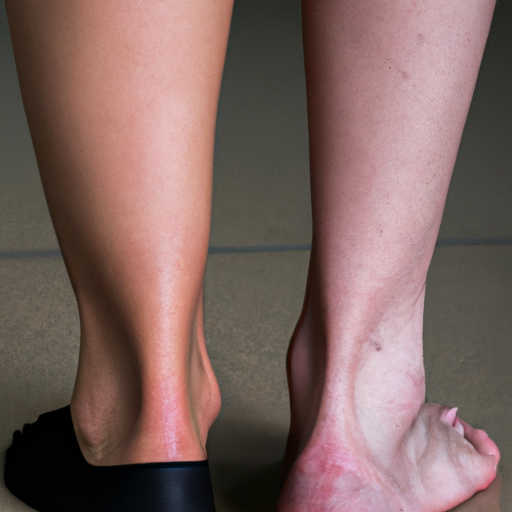Introduction
Peripheral artery disease (PAD) is a condition that affects the blood vessels outside the heart and brain, primarily in the legs. It occurs when fatty deposits build up in the arteries, restricting blood flow to the muscles and tissues. If left untreated, PAD can lead to serious complications such as leg pain, non-healing wounds, and even amputation. In this article, we will explore the best treatment options for PAD and discuss their effectiveness in managing the condition.
Lifestyle Modifications
One of the first lines of treatment for PAD involves making certain lifestyle modifications. These changes can significantly improve blood flow and reduce symptoms. Some of the recommended modifications include:
1. Quitting smoking: Smoking narrows the blood vessels and worsens PAD symptoms. Quitting smoking is crucial in managing the condition effectively.
2. Regular exercise: Engaging in a supervised exercise program can help improve circulation and reduce leg pain. Walking, cycling, and swimming are low-impact exercises that are particularly beneficial for individuals with PAD.
3. Healthy diet: Adopting a diet rich in fruits, vegetables, whole grains, and lean proteins can help control weight, lower cholesterol levels, and manage blood pressure. Avoiding saturated and trans fats is also essential.
Medication
Medication is often prescribed to manage PAD symptoms and prevent further complications. Some commonly prescribed medications include:
1. Antiplatelet drugs: Medications like aspirin or clopidogrel help prevent blood clots from forming and reduce the risk of heart attack or stroke.
2. Cholesterol-lowering drugs: Statins are commonly prescribed to lower cholesterol levels and reduce the buildup of fatty deposits in the arteries.
3. Blood pressure medications: ACE inhibitors, beta-blockers, or calcium channel blockers may be prescribed to control high blood pressure and improve blood flow.
Minimally Invasive Procedures
In some cases, lifestyle modifications and medication may not be sufficient to manage PAD. Minimally invasive procedures can be performed to improve blood flow and alleviate symptoms. These procedures include:
1. Angioplasty: A thin tube with a balloon at the end is inserted into the blocked artery and inflated to widen the vessel, allowing for better blood flow.
2. Stenting: After angioplasty, a stent (a small mesh tube) may be placed in the artery to keep it open and prevent it from narrowing again.
3. Atherectomy: This procedure involves removing the plaque buildup from the artery using a catheter with a rotating shaver or laser.
Surgical Intervention
In severe cases of PAD, surgical intervention may be necessary. Surgical procedures for PAD include:
1. Bypass surgery: A healthy blood vessel is taken from another part of the body and used to create a bypass around the blocked artery, restoring blood flow to the affected area.
2. Endarterectomy: The surgeon removes the plaque buildup from the artery, improving blood flow.
Conclusion
The best treatment for PAD depends on the severity of the condition and individual patient factors. Lifestyle modifications, medication, minimally invasive procedures, and surgical intervention are all viable options for managing PAD. It is important to consult with a healthcare professional to determine the most effective treatment plan tailored to your specific needs. Remember, early detection and intervention play a crucial role in preventing complications and improving overall quality of life for individuals with PAD.




